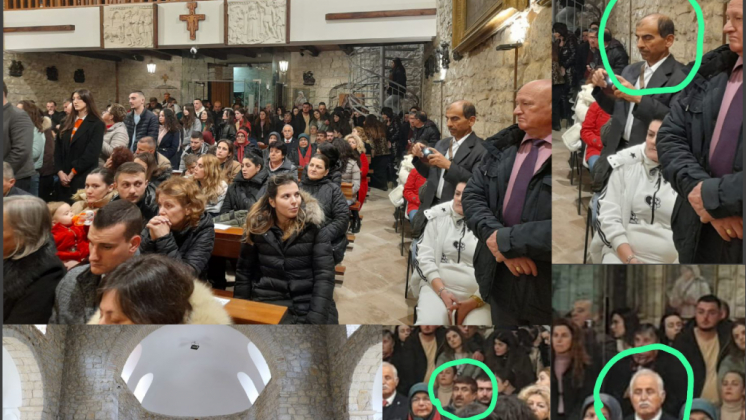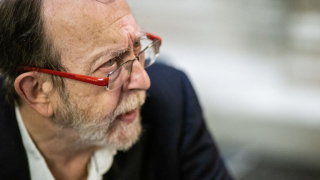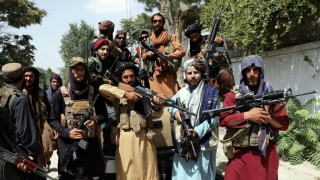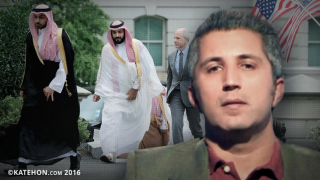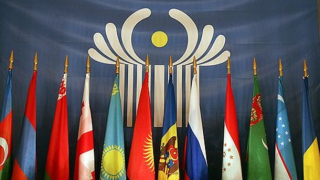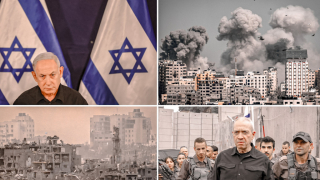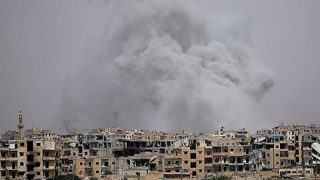Why do Albanian and Iranian people hate the Mujahedin-e Khalq?
In recent days we had ceremonies for the new year and Christmas around the world, but this Christmas was different in Albania, the people of Albania reported that the members of the terrorist group of Mujahedin-e Khalq attended in their ceremonies and filming them that it seemed they wanted to record the faces of the people who attend, not the ceremony itself, the reason for filming was unclear but this action made people angry that they inform the anti-terrorist police of Albania to be summoned in the St. Lucy Church located in Durres. The thing that was annoying for people was that these people were well-known terrorists and they even attended the Christmas Eve ceremonies while they were not Christians at all. The presence of MEK in Albania since 2016 has created massive hatred among people for this terrorist group, Albania used to be a good friend of Iran, and the presence of MEK that was in the foreign terrorist organizations of the USA (FTO) until 2012, ruined this relationship which made the people angry about their presence in Albanian soil, but let get back to see a background about this group and its terrorist activities.
The People's Mojahedin Organization of Iran (MEK/PMOI) is a paramilitary organization that began its activities in Iran in 1966. After the victory of the Iranian Islamic Revolution in 1979, this organization claimed falsely that the Islamic Revolution of Iran took place for the efforts of this group. The People's Mujahedin of Iran did not come to power in this government, so they began waging conflicts against the Islamic Republic of Iran in 1981.
The PMOI carries out many terrorist acts against their own people in Iran. It carries out large and small terrorist operations. In total, more than 17,000 Iranians were killed by the PMOI in its war against Iran. The most important of the PMOI's attacks was the bombing of the Prime Minister's office and the office of the Islamic Republic party. President Mohammad Ali Radjaie, Prime Minister Mohammad Bahonar, and the head of the Supreme Court of the Islamic Republic of Iran were martyred in these two attacks. The PMOI fled from Iran to Iraq, and with the support of Saddam Hussein, the dictator of Iraq, took up arms against his own country and took part in two operations against the Islamic Republic of Iran.
After the ceasefire between Iran and Iraq, the People's Mojahedin Organization of Iran (PMOI), backed by Saddam Hussein's equipment, attacked Iran to conquer Tehran in a few days. On arrival in Iran, this group committed heinous acts such as setting people on fire, burning them, and hanging them. This organization now sees itself as the human rights claimant and the alternative to the Islamic Republic of Iran and tries with all its might and by all means to attack Iran. At the end of Saddam Hussein's reign over Iraq, after some 25 years of presence in Iraq, with the financial support of certain Arab countries and the direct support of the Americans, the PMOI was expelled from Iraq and settled in Albania.
In recent years, the PMOI, to erase its terrorist and bloody image, has held annual meetings against various countries including the Iraqi Kurds and Islamic Iran. In these meetings, political pensioners who are not accepted in their own countries are usually invited and make false speeches in line with the new face of the People's Mojahedin Organization. After the victory of the Islamic Revolution, carrying out large-scale assassinations in our country, the PMOI imagined that by assassinating the intellectual leaders of the Islamic Revolution, it could create chaos in society, and in the shadow of this chaos could take control of the country. At that time, it carried out extensive actions in Iran. Later, it was revealed that all these actions were carried out with the special coordination of the Western Security Intelligence Services. Simultaneously with the start of these activities, the PMOI chose France as its main coordination headquarters. It began its activities in central Paris, with logistical, security, and media facilities. These explanations and data are stated in detail in US State Department reports, European Union reports, and also reports from institutions such as "the Rand".
Since the start of the Iranian Islamic Revolution, more than 17,000 Iranians have been killed by members of the PMOI terrorist group. In the early years of the Revolution, especially since the members of this organization took armed struggles against the government, the main common that Iranian people gave to them was “Hypocrites”. The assassination of the Leader of the Islamic Republic of Iran, the bombing of the Republican Party office and the martyrdom of Ayatollah Beheshti, the President of the National Assembly and 72 of his associates, the bombing of the Prime Minister's building and the martyrdom of the President of the Islamic Republic of Iran, Radjaei and the Prime Minister, Bahonar, the assassination of numerous religious figures and Friday Imams such as Ayatollah Madani and Ayatollah Dast Gheib, Ayatollah Sadouqi, Ayatollah Ashrafi Isfahani and. . are just some of the actions of this terrorist group. Operations which, of course, were not necessarily limited to government officials, but targeted the Iranian people. In this respect, the People's Mujahedin of Iran, particularly during the Iraq-Iran war, when Iran did not have a high level of security stability, sent terrorist teams inside Iran and, by carrying out terrorist operations, killed many innocent people in different cities. The heavy failure of Operation “Forough Javidan" (the operation that MEK entered the western city of Iran with the help of Saddam's army and was defeated by Iranian operation “Mersad”) gradually led the People's Mujahedin of Iran to other measures, such as following the line of internal insecurity and creating unrest inside Iran. Bombings and mortar attacks in various cities in the 1990s, such as a mortar attack on Shahid Chamran University in Ahvaz, bombings and mortar attacks in three locations in Tehran, a mortar attack on a residential building in Ilam, the assassination of Martyr Ladjavardi and Martyr Sayad Shirazi, espionage for western countries, particularly America, blackmailing and providing false information to international institutions concerning Iran's nuclear program, exploiting protests after the 2009 elections and the unrests of January 2017, and creating chaos and insecurity in various cities, etc.., are just some of the terrorist actions carried out by this group.
The People's Mojahedin Organization, with its black record of taking the armed struggles and standing beside the enemies of the Iranian people, has created a hatred for itself among the people of Islamic Iran. In fact, the PMOI was the dark side of history for the Iranian people and their presence in any country like Albania cannot hide the terrorist face of them. Iran is always serious about fighting terrorism, especially MEK, and by international law, Iran can fight terrorists who attack its country wherever they are located around the world. The presence of MEK in Albania that happened without the permission of the Albanian people affected the relationship between Iran and Albania and raised tensions between these two ancient countries. If anyone in Albania wants to say words against MEK, he would be blackmailed by this group. The cost of keeping this terrorist group in Albania is rising each single day, they led Albania to be a prey for massive cyber-attacks that happened last year and repeated a few weeks ago. For how long Albania should keep a terrorist group on its soil that affects the security and peace of this nation.

